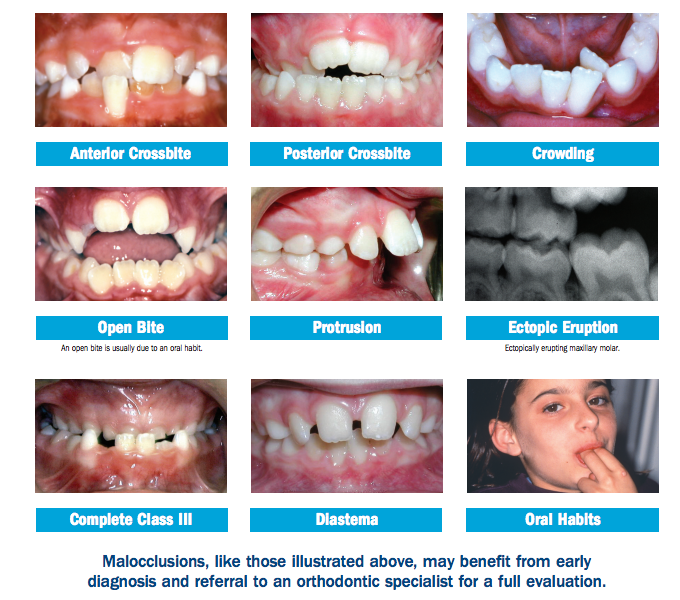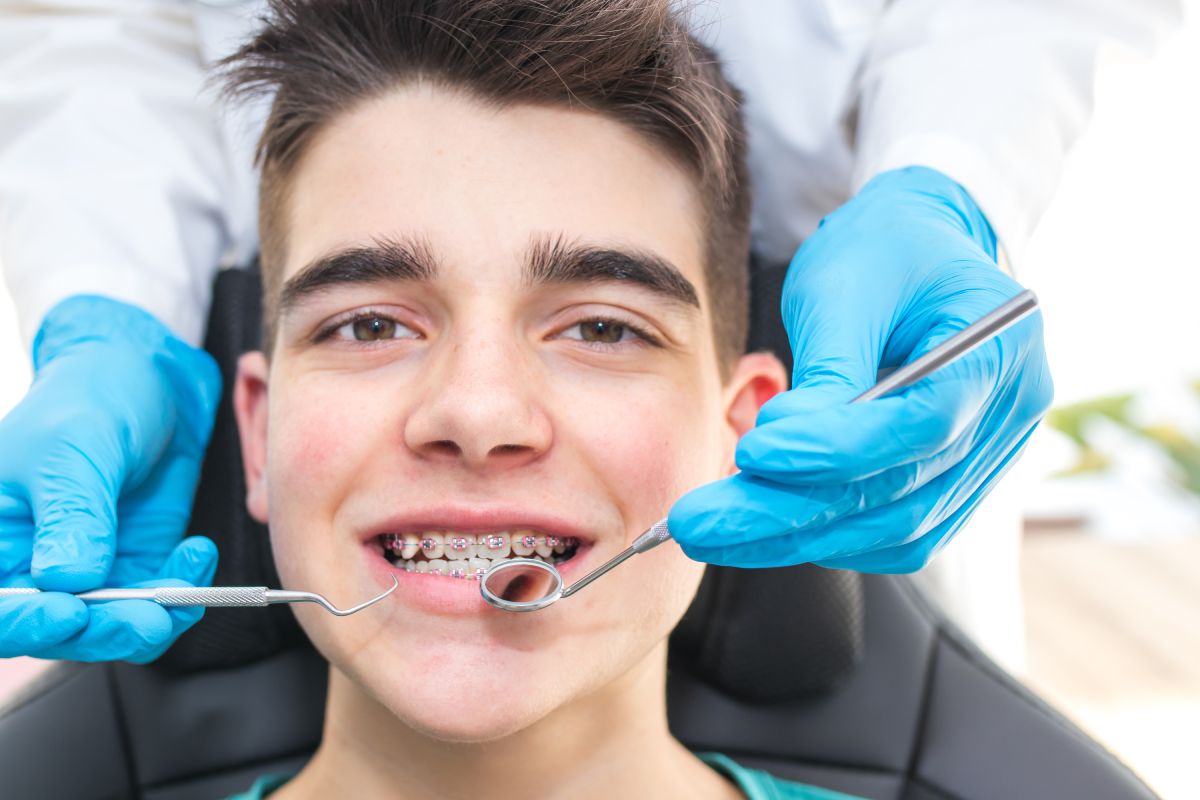Our Causey Orthodontics PDFs
Table of ContentsSome Known Details About Causey Orthodontics Causey Orthodontics Fundamentals ExplainedThe smart Trick of Causey Orthodontics That Nobody is DiscussingNot known Details About Causey Orthodontics Causey Orthodontics Things To Know Before You Get ThisA Biased View of Causey OrthodonticsCausey Orthodontics Things To Know Before You Buy
What is the difference in between a dental practitioner and an orthodontist? All dental professionals, consisting of orthodontists, treat the teeth, gum tissues, jaw and nerves.
Orthodontists and dentists both provide oral treatment for individuals. Orthodontists can work in an oral workplace and supply the very same therapies as other dentists. You can believe of both physicians who treat gum tissue and teeth troubles. The main difference is that ending up being an orthodontist calls for a specific specialized in treating the misalignment of the teeth and jaw.
Indicators on Causey Orthodontics You Should Know
An orthodontist is a dental professional that has actually undergone training to specialize in the diagnosis, avoidance and therapy of abnormalities in the jaw and teeth. They can likewise identify possible troubles in teeth alignment that might develop when problems are left neglected (orthodontist services).
This includes all the needed education and learning to come to be a general dental professional. According to the American Pupil Dental Organization (ASDA), it means you will require to have either a Physician of Medication in Dental Care (DMD) or a Physician of Oral Surgical Procedure (DDS). To put it simply, orthodontists need to finish dental college and after that get an orthodontics specialty education.
Some orthodontists likewise get their masters in craniofacial biology. These programs concentrate on 2 certain areas or techniques: Dentofacial Orthopedics: This study focuses on assisting teeth and jaw advancement.
The Buzz on Causey Orthodontics

 These include device such as braces, retainers and Invisalign. So, what does an orthodontist do, and what do they concentrate on? The total goal of an orthodontist is to improve a person's bite. Not every person is birthed with straight teeth, and an orthodontist will guarantee that clients obtain equally spaced straight teeth.
These include device such as braces, retainers and Invisalign. So, what does an orthodontist do, and what do they concentrate on? The total goal of an orthodontist is to improve a person's bite. Not every person is birthed with straight teeth, and an orthodontist will guarantee that clients obtain equally spaced straight teeth.
Facts About Causey Orthodontics Revealed
The American Organization of Orthodontists recommends your first check up by age 7. You'll require to see your orthodontist if you have a misalignment in your teeth, also understood as malocclusion. Also, if you notice irregular bite patterns, a somewhat askew jaw, or when your teeth are chock-full, you will likely require orthodontic therapy.
In enhancement, we provide adjustable therapy routines, adaptable repayment options and an enjoyable, pleasurable experience.
An orthodontist is a dental practitioner educated to identify, avoid, and deal with teeth and jaw irregularities. They remedy existing conditions and are educated to recognize problems that may establish in the future. Orthodontists collaborate with individuals of every ages, from kids to adults. People usually link a best smile with great wellness.
The Ultimate Guide To Causey Orthodontics
Malocclusion, or misaligned teeth, can result in oral concerns, including dental caries, gum condition, and tough or uncomfortable eating. But not everyone is birthed with straight teeth. If you have a poor bite or large spaces in between your teeth, you might desire to consult a dental professional concentrating on orthodontic care.
(Picture Credit Scores: DigitalVision/Getty Images) Orthodontists use fixed and removable dental devices, like braces, retainers, and bands, to alter the setting of teeth in your mouth. Orthodontic therapy is for oral abnormalities, consisting of: Uneven teethBite issues, like an overbite or an underbiteCrowded teeth or teeth that are as well much apartJaw misalignmentThe objective of orthodontic therapy is to boost your bite.
A Biased View of Causey Orthodontics

All orthodontists are dentists, however not all dental practitioners are orthodontists. Orthodontic residency programs use intensive, concentrated direction for oral specialists. They focus on two locations: Just how to effectively and safely relocate teeth How to properly assist development in the teeth, jaw, and faceOnce an orthodontist has completed training, they have the option to end up being board certified.
Malocclusion leads to tooth congestion, a misshapen jaw, or uneven bite patterns. Malocclusion is typically treated with: Your orthodontist attaches metal, ceramic, or plastic square bonds to your teeth.
The Main Principles Of Causey Orthodontics
If you have only minor malocclusion, you might be able to utilize clear dental braces, called aligners, as opposed to conventional dental braces. Some people require a headwear to help relocate teeth right into line with pressure from outside the mouth. After dental braces or aligners, you'll require to wear a retainer. A retainer is a personalized tool that maintains your teeth in position.